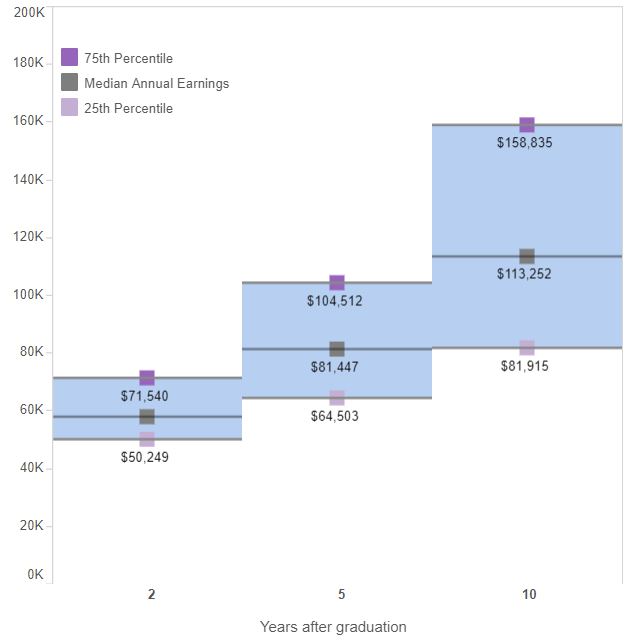
Till von Wachter
Earlier this month, Professor Till von Wachter was awarded a $5.5 million renewal grant by the Laura and John Arnold Foundation for continued funding of the California Policy Lab (CPL) at UCLA, of which he serves as Faculty Director. The grant is shared with UC Berkeley (UCB), which houses a sister lab, the California Policy Lab at UCB. The renewal grant funds the California Policy Lab through April 2020.
The objectives of the California Policy Lab are to generate new, scientific evidence that is at the frontier of academic research and to help state and local government partners tackle issues such as homelessness, poverty, crime, and education inequality. Though government agencies often collect substantial administrative data about their programs and the people they serve, they often lack the resources, data infrastructure, and rigorous research expertise they need to evaluate success and inform future policy decisions. At the same time, despite extensive expertise, academic researchers often lack access to the necessary data or policy discussions. CPL helps fill these gaps by bringing experts from the country’s top public universities and a secure platform for data and policy analysis to provide empirical analysis that exploit the power of administrative data and data science to help address some of the key pressing questions facing policymakers and society in Los Angeles, California, and beyond.
The California Policy Lab began as a pilot program in 2017, funded by a $1 million grant from the Arnold Foundation for each campus. The current grant is considerably larger than the initial grant, with UCLA receiving $2.85 million of the $5.5 million grant. The expanded grant reflects the confidence the Arnold Foundation has in the California Policy Lab’s research. “The California Policy Lab is taking on projects with real-world impact,” said Michelle Welch, the Director for Results Driven Government, a branch of the Arnold Foundation. “If the lab is successful in using data and state-of-the-art research tools to move the needle on important issues like homelessness, fewer people will be sleeping on the streets at night.”
Professor von Wachter has helped spearhead the Lab’s labor and homelessness research, developing partnerships with state and local government entities like the City and County of Los Angeles, the Los Angeles Homeless Services Authority, and the Employment Development Department. In addition to serving as the Faculty Director of CPL, von Wachter also serves as Associate Dean for Research for the Social Science Division and Director of the Federal Statistical Research Data Center at UCLA.
The Lab also relies upon the expertise and supports the work of several UCLA faculty members. Moshe Buchinsky, Professor of Economics, serves as a CPL Faculty Affiliate and has helped to oversee the Lab’s homelessness research. Professor Buchinsky, who is also serving as Vice Chair and Director of Graduate Studies, currently leads a project for CPL on the effects of homelessness and temporary housing on the outcomes of local neighborhood and housing prices. Professors Ed Leamer from the Anderson School, Sarah Reber and Wes Yin from the Luskin School of Public Policy, and Norweeta Milburn from the Department of Psychiatry, among others, also cooperate with the California Policy Lab.
Since its inception, CPL has played a growing role in contributing to the body of evidence on homelessness solutions. Professors von Wachter, Buchinsky, and Milburn currently serve as members of the Homelessness Policy Research Institute, a group of over 30 policymakers and local and national researchers who design and coordinate actionable research to end homelessness in Los Angeles. Additionally, CPL is working predict first time homelessness and persistent high cost utilization of services based on machine learning algorithms, to analyze the performance and utilization of emergency homeless shelters in the LA Continuum of Care, to examine racial equity in the provision of homelessness services, and to evaluate a new housing subsidy. Finally, the Lab will evaluate the impact of a family homelessness prevention program implemented in Los Angeles called “Solid Ground”. Solid Ground offers services to families who are at risk of becoming homeless that are designed to stabilize their housing and prevent them from falling into homelessness.
From day one, CPL has also been involved in important labor related research partnerships, including with the City of Los Angeles and the State to evaluate the impact of increasing minimum wages; with California’s Employment Development Department to study workforce development and unemployment insurance; and with Los Angeles County to study workforce training for less advantaged workers. Together with its partner lab at UC Berkeley, CPL has also pursued a series of important partnerships and projects on criminal justice related areas, including with the Los Angeles Police Department, the Los Angeles Sheriff’s Department, and the California Department of Corrections and Rehabilitation.
With the additional funding provided by the Arnold Foundation Grant, the California Policy Lab will continue expanding its ability to support cutting edge research based on administrative data and to use this data to evaluate the efficacy of government programs designed to combat California’s most pressing issues, like workforce training or homelessness. The provision of this grant and the efforts of the California Policy Lab, its faculty affiliates, and its staff demonstrate the firm commitment of UCLA’s academic community to not only improve our understanding of the great challenges of our time, but also to work towards their resolution.


 The UCLA Department of Economics is saddened to announce the passing of Professor Emeritus Masanao Aoki (May 14, 1931—July 24, 2018), he was 87 years old. Professor Aoki earned a BA and MSc in Physics from the University of Tokyo, and he earned a PhD in engineering from UCLA in 1960. He taught engineering at both UCLA and UC Berkeley from 1960-1974 before switching to economics. He remained a professor of economics until his retirement in 2002. Professor Aoki was an influential academic who bridged intellectual gaps between his two fields. His contributions to both economics and engineering cannot be understated. Our faculty and staff extend their heartfelt condolences to the professor’s surviving family, friends, and colleagues.
The UCLA Department of Economics is saddened to announce the passing of Professor Emeritus Masanao Aoki (May 14, 1931—July 24, 2018), he was 87 years old. Professor Aoki earned a BA and MSc in Physics from the University of Tokyo, and he earned a PhD in engineering from UCLA in 1960. He taught engineering at both UCLA and UC Berkeley from 1960-1974 before switching to economics. He remained a professor of economics until his retirement in 2002. Professor Aoki was an influential academic who bridged intellectual gaps between his two fields. His contributions to both economics and engineering cannot be understated. Our faculty and staff extend their heartfelt condolences to the professor’s surviving family, friends, and colleagues.



